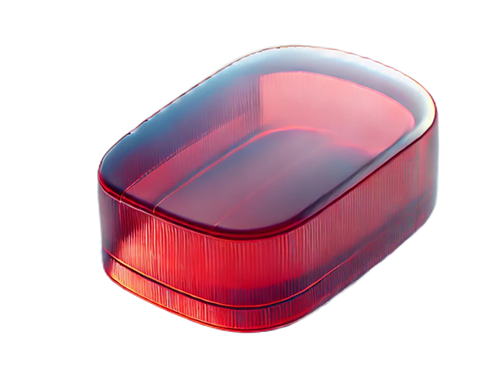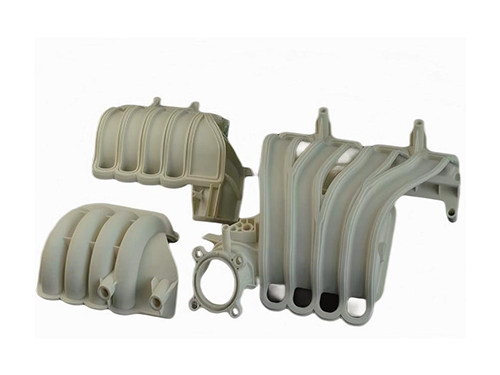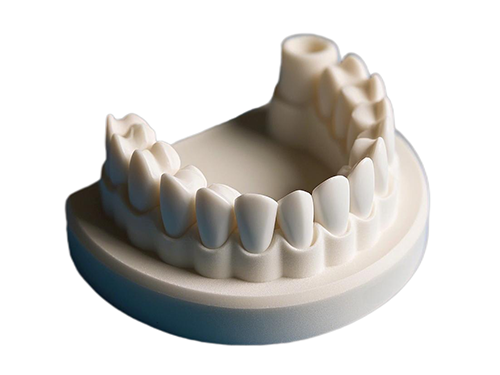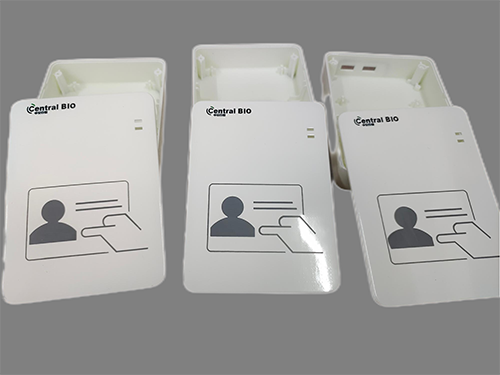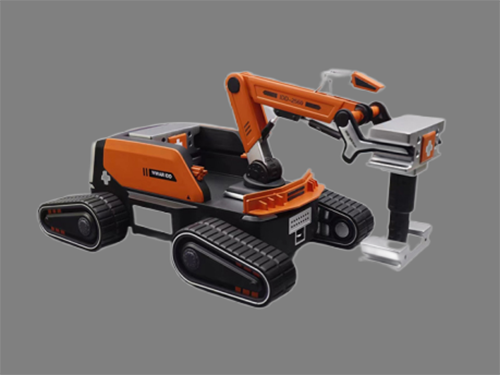High-Precision SLA 3D Printing Services for Rapid Prototyping
Bring Your Ideas to Life with High-Precision SLA 3D Printing
–Accurate, smooth-surfaced prototypes delivered fast
–Ideal for functional testing, design validation, and trade show-ready presentation.
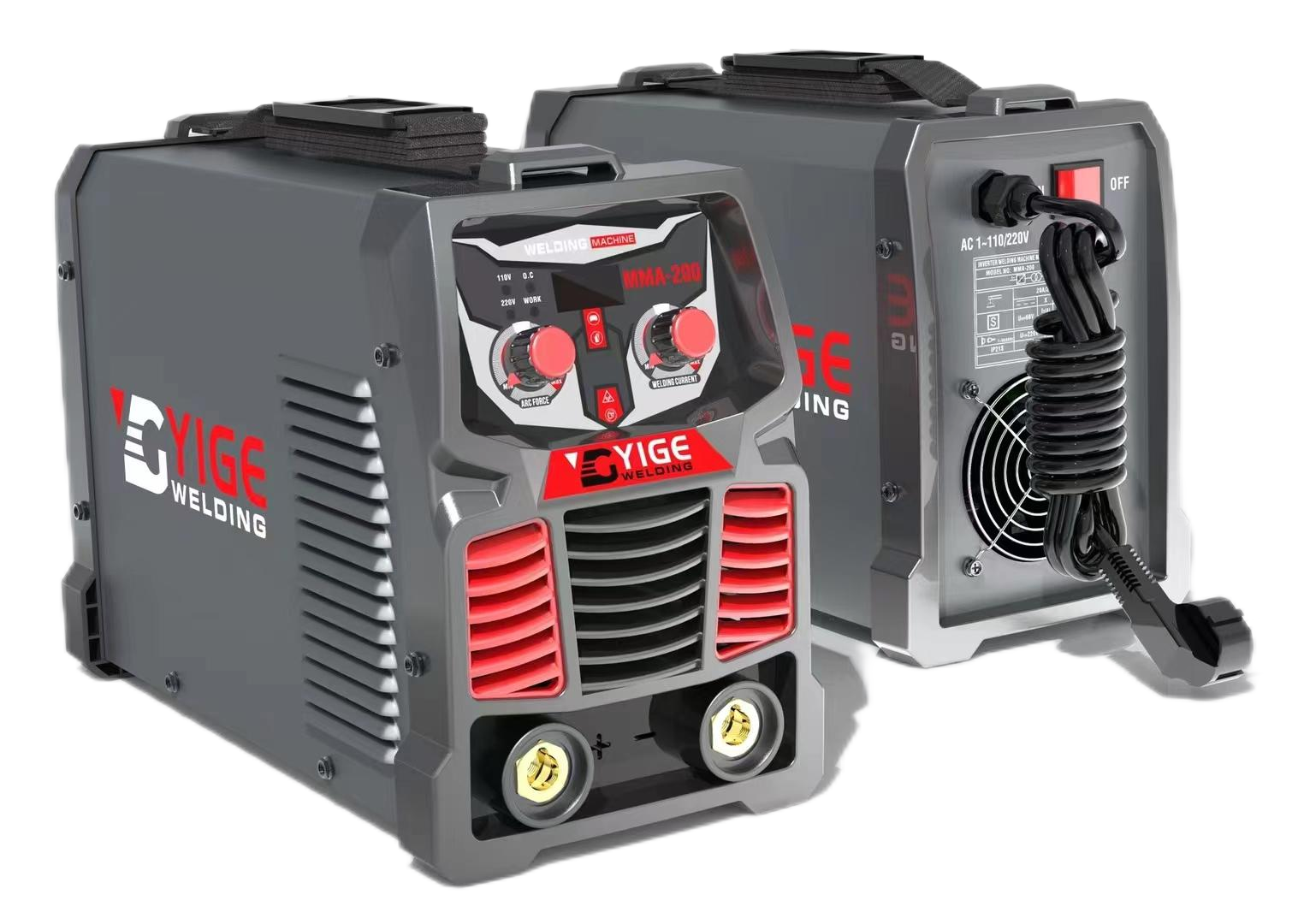
What is Stereolithography (SLA)?
SLA (Stereolithography) is an additive manufacturing process that uses a UV laser to cure and solidify liquid photopolymer resin layer by layer into a 3D object. It is one of the oldest and most accurate forms of 3D printing, ideal for high-detail prototypes and models.
How does SLA 3D Printing work
SLA Works :A UV laser cures liquid resin layer by layer in a tank, solidifying each cross-section of the 3D model. The build platform moves after each layer, repeating the process until the full part is formed.
Key advantages
SLA Advantages:High precision and fine detail,Smooth surface finish,Ideal for complex geometries,Supports various resin materials,Great for visual models and functional testing.
Applications of SLA
SLA is widely used in industries where high detail, smooth surface finish, and precision are important.
Prototypes – Visual & functional testing
Medical/Dental – Surgical guides, dental models
Jewelry – Casting masters
Engineering – Fit & assembly validation
Consumer Products – Design review
Mold Making – Masters for vacuum/silicone molds
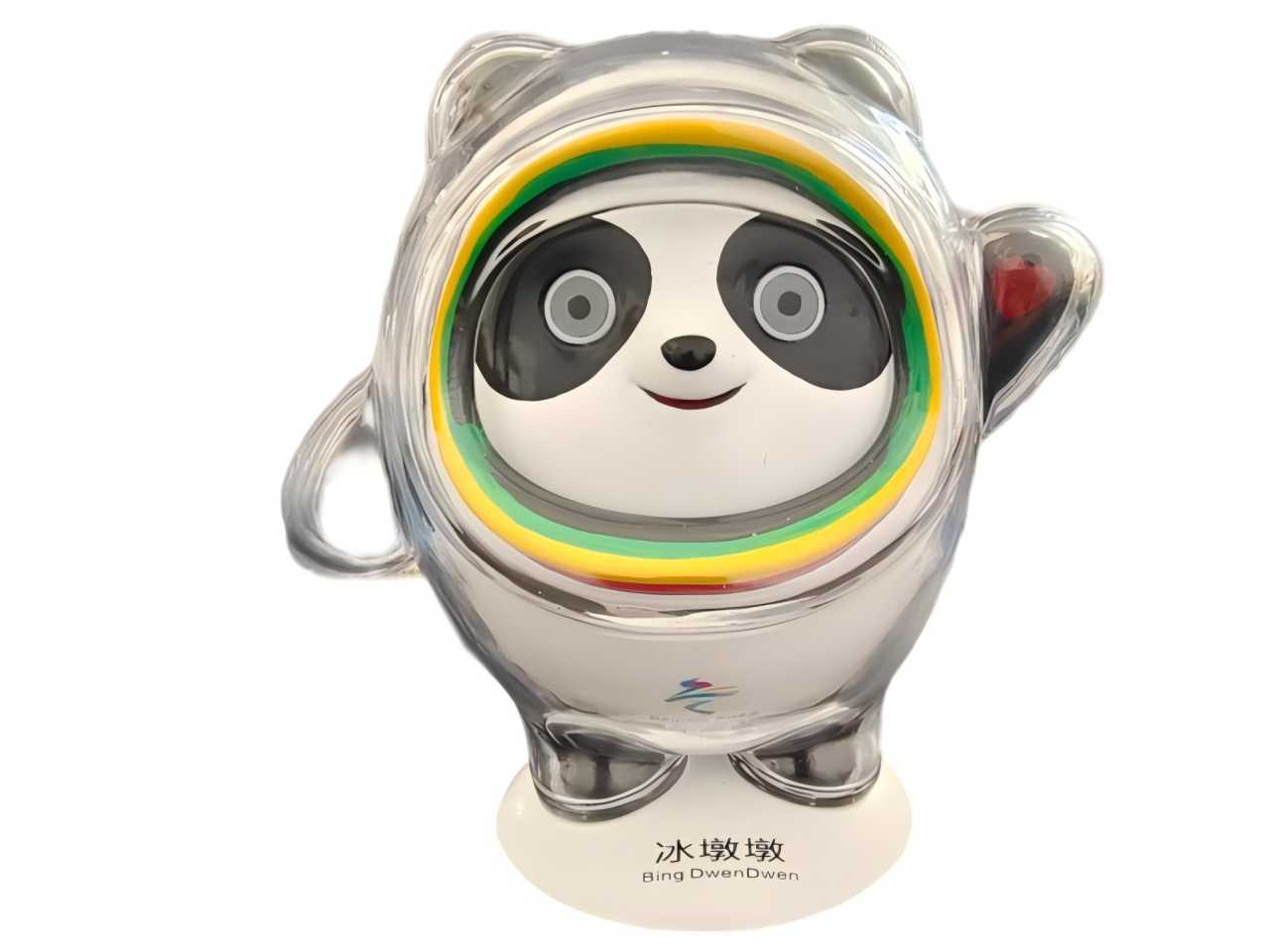
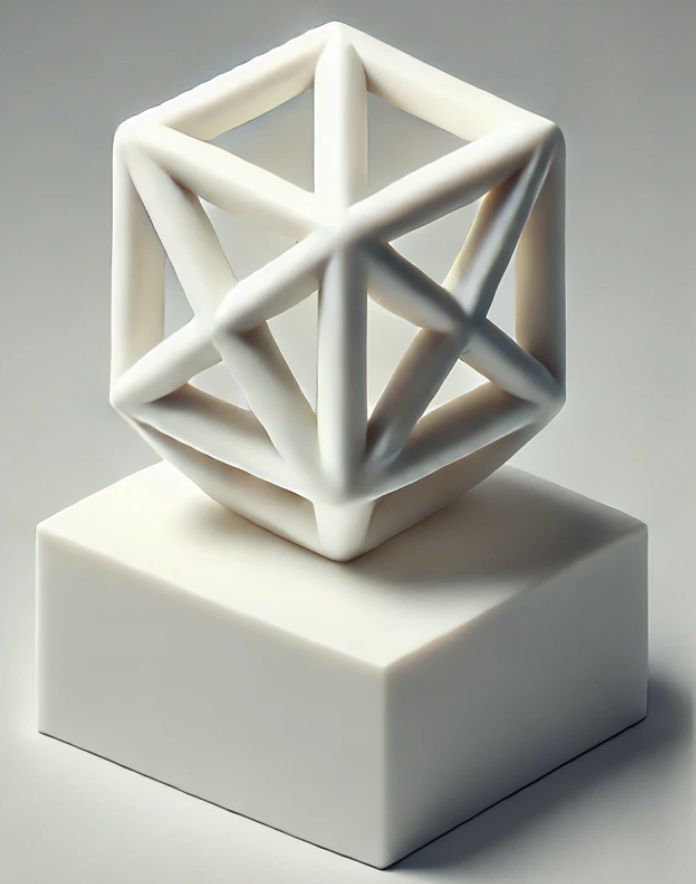
3D Printing Spec
Get this quick reference to learn about materials, finishes, considerations and technology options for our 3D printing technologies.
Our Capabilities with SLA 3D Printing
At Hangor Technology, we deliver highly accurate, smooth-surface prototypes and custom parts through advanced SLA (Stereolithography) 3D printing technology.

Equipped with high-performance SLA machines from UnionTech — China’s leading brand — ensuring stable, consistent printing for professional applications.

Maximum print size up to 800 x 800 x 500 mm, ideal for both large single parts and high-throughput batch production.

Compatible with a wide range of resins, including standard, transparent, flexible, high-temperature, and engineering-grade materials.

Achieves feature sizes as small as 0.05 mm, suitable for prototypes requiring tight tolerances and intricate geometries.

Rapid prototyping and small-batch production completed in 3–5 working days (excluding shipping), helping you accelerate product development.

From design file review to final quality check, our experienced engineering team ensures every part meets your expectations in both function and appearance.
Exhibition Snapshot - Shared with Client's Approval (3D Printing)
Our 3D printing has helped clients cut design iteration time by up to 50%, enabling faster product launches and timely trade show presentations.
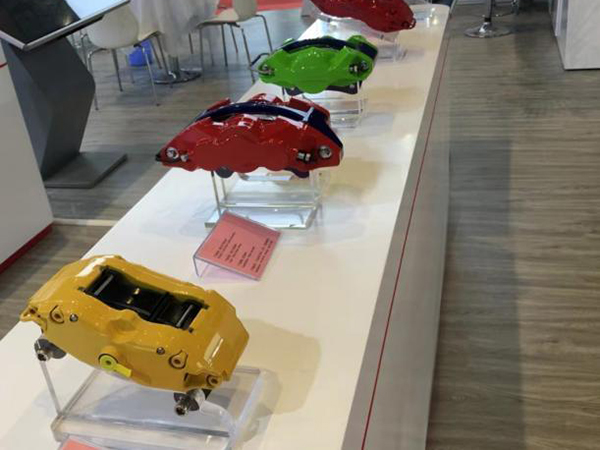
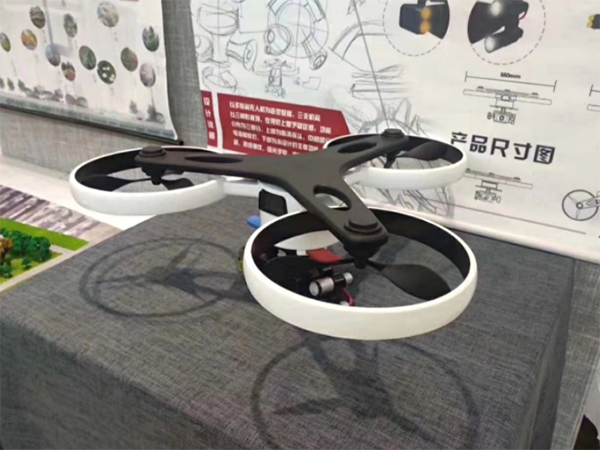
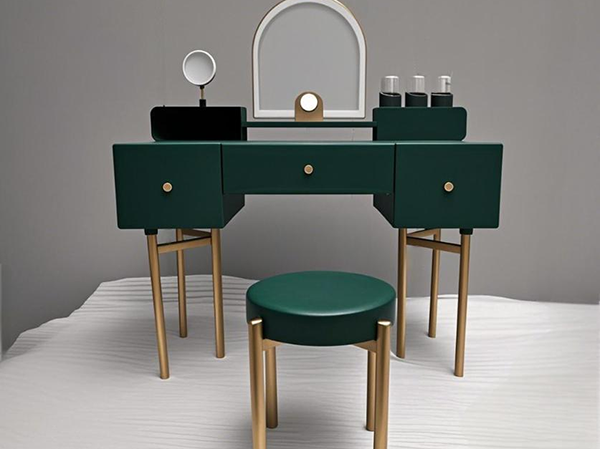
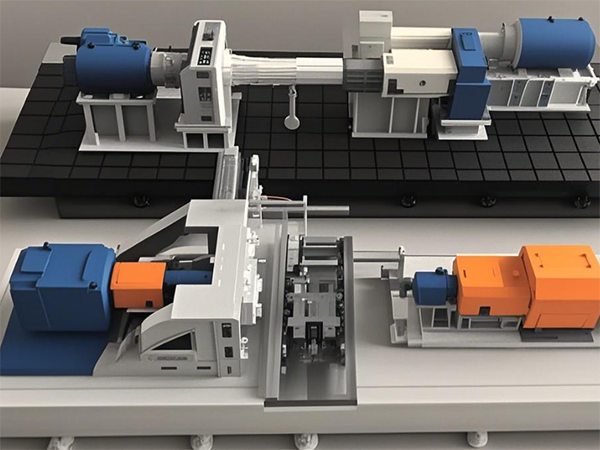
Why Choose Us
20+ years of manufacturing experience
Advanced machines & strict quality control
ISO 9001 & IATF 16949
Design to finished product
Compliant with RoHS & REACH
Dedicated project tracking and global delivery
Printable Materials for SLA 3D Printing
| Material | China 9400 resin | Imported 8000 resin | Transparent resin | High toughness resin | Yellow high temperature resin | Gray high temperature resin | Red Wax |
| Picture | 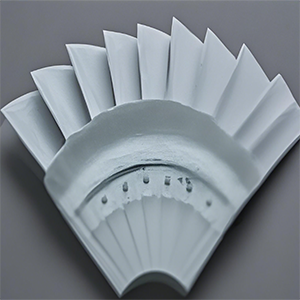 | 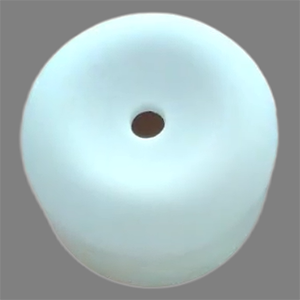 | 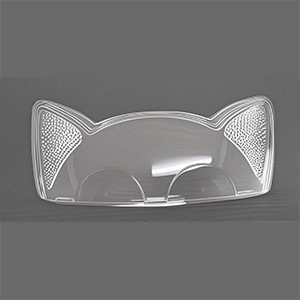 | 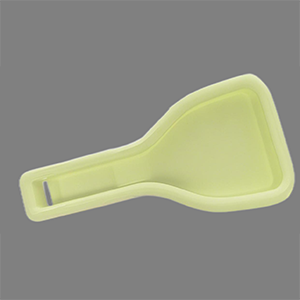 | 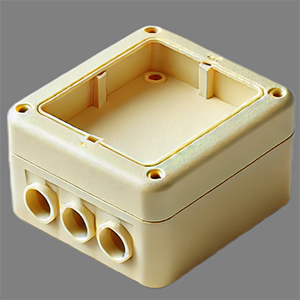 | 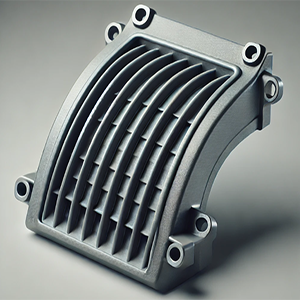 | 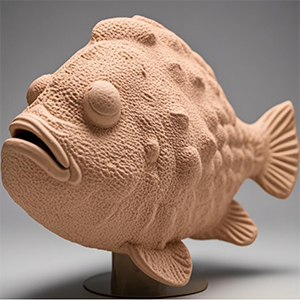 |
| Heat Deflection Temperature(0.46MPa) | 46℃ | 46℃ | 47℃ | 38-50℃ | 70℃ | 99.6℃ | 45–60 °C |
| Minimum wall thickness | 0.6mm | 0.6mm | 0.6mm | 0.6mm | 0.6mm | 0.6mm | 0.3–0.5 mm |
| Minimum aperture | 1mm | 1mm | 1mm | 1mm | 1mm | 1mm | 0.3–0.4 mm |
| Material hardness(Shore D) | 79 | 79 | 87 | 85 | 80 | 85 | 75–85 |
| Tensile strength (tensile) | 47Mpa | 47Mpa | 50MPa | 38-56MPa | 48MPa | 40-44MPa | 25–35 MPa |
| Tensile strength (break) | 33-40MPa | 33-40MPa | 56MPa | 60MPa | 56MPa | 52MPa | 20–30 MPa |
| Bending Strength | 67MPa | 67MPa | 84MPa | 69-74MPa | 68MPa | 64-69MPa | 40–60 MPa |
| Flexural modulus | 2178-2222MPa | 2178-2222MPa | 2490MPa | 2692-2775MPa | 2300MPa | 2900-3200MPa | 1000–1500 MPa |
| Print layer height | 0.1mm/0.05mm | 0.1mm/0.05mm | 0.1mm | 0.1mm | 0.1mm | 0.1mm | 0.025–0.1 mm (25–100 µm) |
| Printing error | ±3‰ | ±3‰ | ±3‰ | ±3‰ | ±3‰ | ±3‰ | ±0.05 mm |
| Water absorption | 4‰ | 4‰ | 4‰ | 4‰ | 4‰ | 4‰ | 0.3%–0.6% |
| Impact strength | 23-29J/CM | 23-29J/CM | 25J/CM | 45-55J/CM | 33J/CM | 34.4J/CM | 10–20 J/m |
Surface Finish Options for SLA 3D Printing
SLA 3D printed parts typically undergo several post-processing steps to improve their appearance, accuracy, and performance. At Hangor Technology, we offer the following finishing options:
Manual or machine sanding to smooth layer lines and support marks. High-gloss polishing available for cosmetic parts.
Surface priming prepares parts for spray painting in custom Pantone or matte/gloss finishes.
For clear parts, sanding and transparent coating can achieve glass-like clarity.
Metal coating for improved appearance, strength, or EMI shielding. Ideal for decorative and functional prototypes.
Optional coatings for UV resistance, waterproofing, or abrasion protection.
Typical Use Cases

High-gloss finish + painting

Minimal finish with accurate dimensions

Clear resin + polishing

Electroplated finish
Important Notes for 3D Printing
Minimum Wall Thickness:
- Recommended minimum wall thickness for plastic/resin parts: ≥ 0.8 mm;
- Recommended minimum wall thickness for metal parts (SLM): ≥ 0.3–0.5 mm;
- Walls thinner than recommended might fail during printing or deform easily. Please confirm in advance.
To ensure smooth processing for mold design and manufacturing, please kindly follow these guidelines when exporting and submitting STL files:
- Triangle Face Normals
Please make sure that the normals of all triangle faces are correctly oriented — the front and back faces should not be reversed. All face normals should point outward to define a closed, solid model. Incorrect normals may cause errors in printing or mold analysis. - No Holes or Gaps
The STL file must represent a watertight, fully closed solid. There should be no missing faces or holes in the geometry. Non-manifold edges or open surfaces may result in processing or printing failures.
If possible, please run a mesh check or repair in your modeling software before exporting the STL file.
Dimensional Accuracy and Tolerances:
- Our standard tolerance ranges are:
Resin (SLA/DLP): ±0.05–0.1 mm;
Nylon (SLS): ±0.1–0.2 mm;
Metal (SLM): ±0.1–0.2 mm;
CNC Machined Parts: ±0.1 mm - If higher precision or special tolerances are required, please clearly specify in advance.
Assembly Requirements:
- For parts requiring assembly, please provide clear assembly drawings and instructions. We will assemble and inspect the parts before shipment.
- If no assembly request or assembly drawings are provided by the customer, we will not assemble by default and will not be responsible for any resulting issues.
- Recommended assembly clearance: at least 0.15 mm per side.
Painting Color Standards:
- If painting is required, please provide a clear Pantone color code or standard color sample.
- If no color code or sample is provided, we will not be responsible for any color deviation.
Special Requirements for CNC Machined Parts:
- For CNC machined parts, please provide 2D engineering drawings clearly indicating tolerances, thread specifications, and any special machining requirements.
- Without provided 2D drawings, we will manufacture according to the supplied 3D data and standard international tolerances. Areas without special instructions will be processed according to general standards.
Additional Recommendations (For Reference):
- Small threads are recommended to be machined or inserted separately; direct 3D printing of small threads is generally not advised.
- Please inform us in advance regarding specific mechanical requirements (strength, toughness, heat resistance, etc.) to confirm suitable materials and processes.
- Long, thin, unsupported, or thin-walled structures may deform; structural optimization during the design stage is highly recommended.
Please contact us in advance for
any specific requests or further questions to ensure product quality and suitability!
Contact Us
Recent Blog Posts
需要添加几篇文章这里再引用

